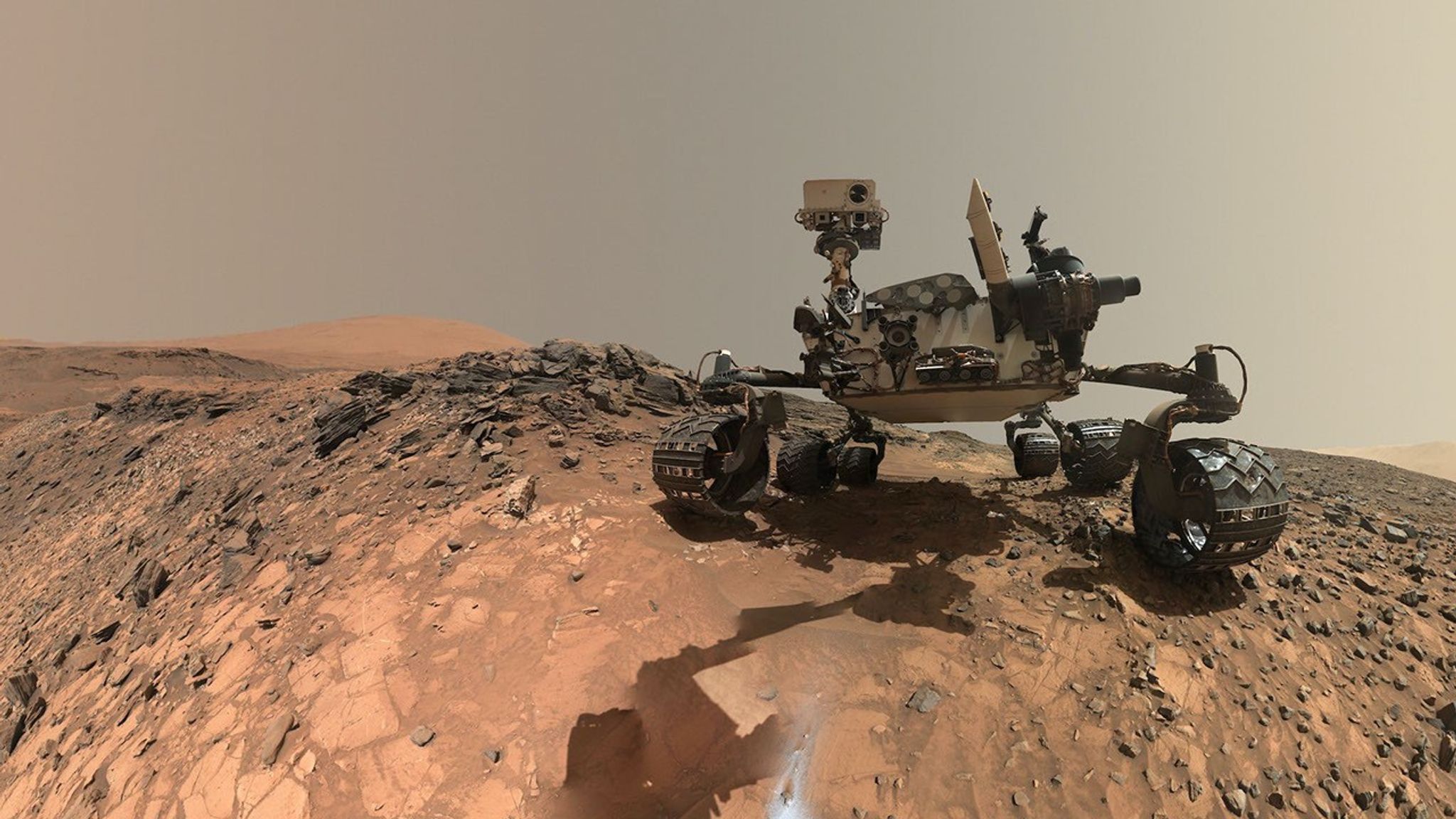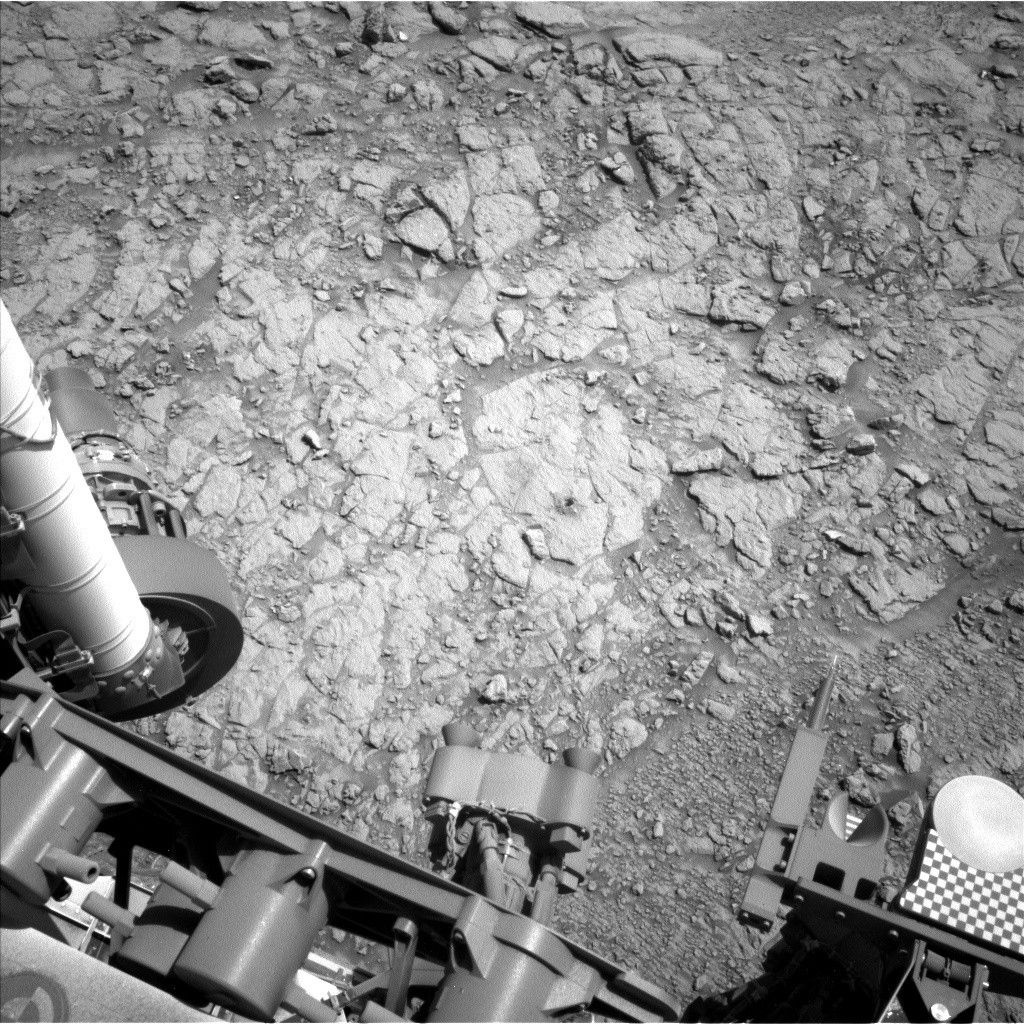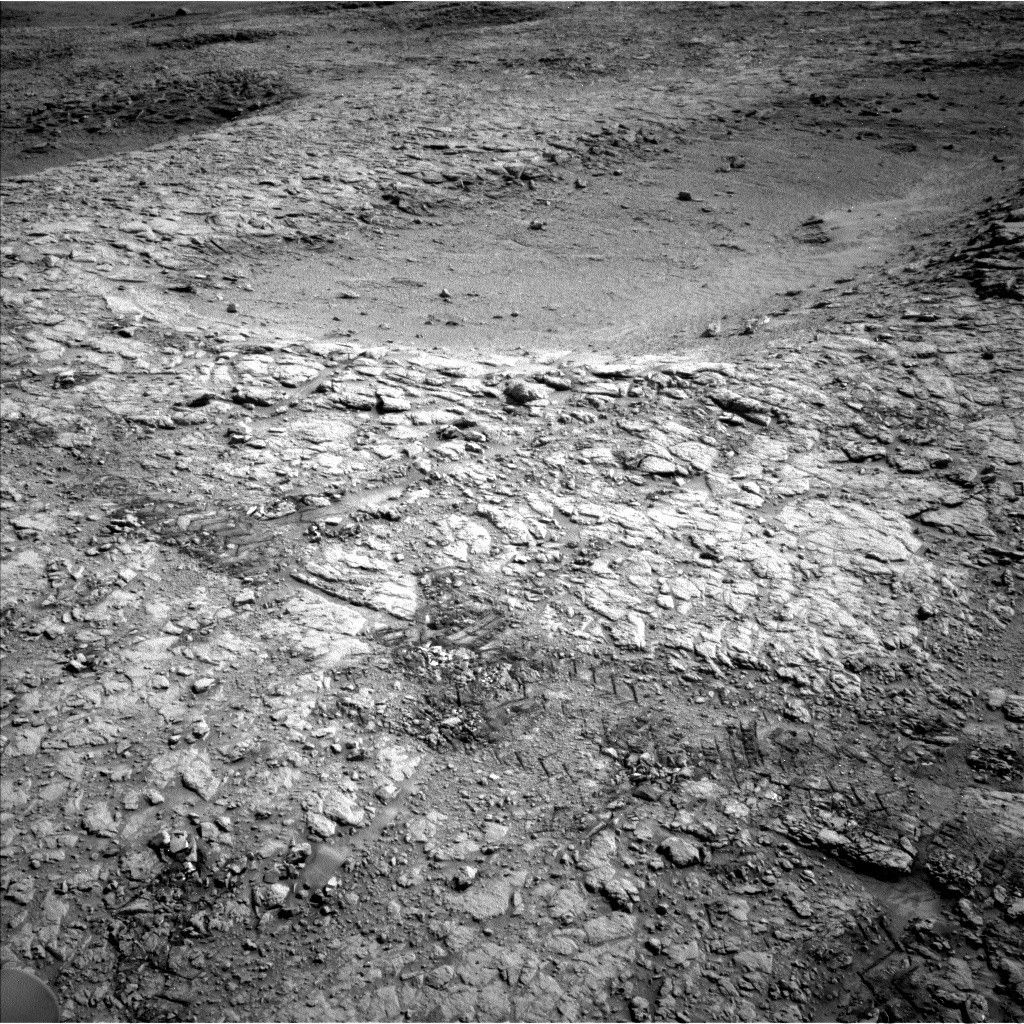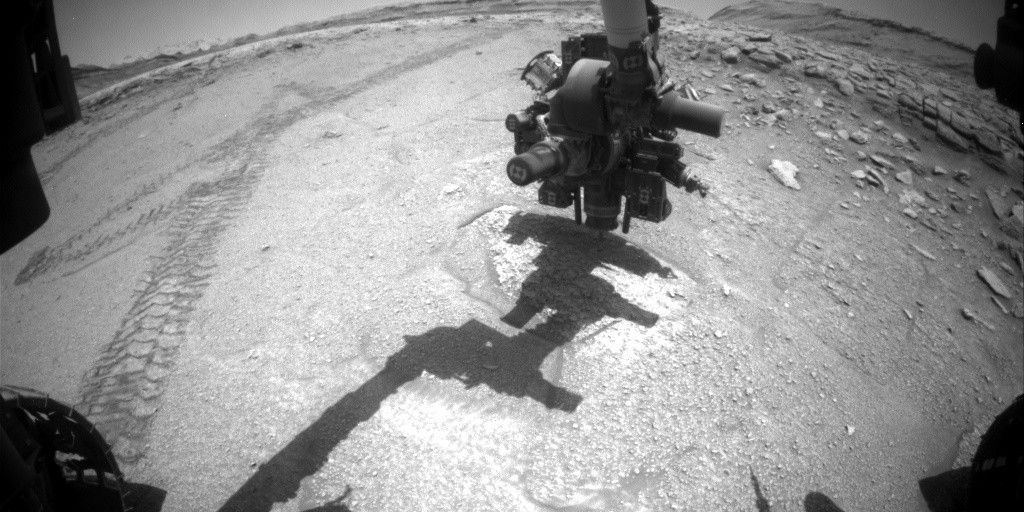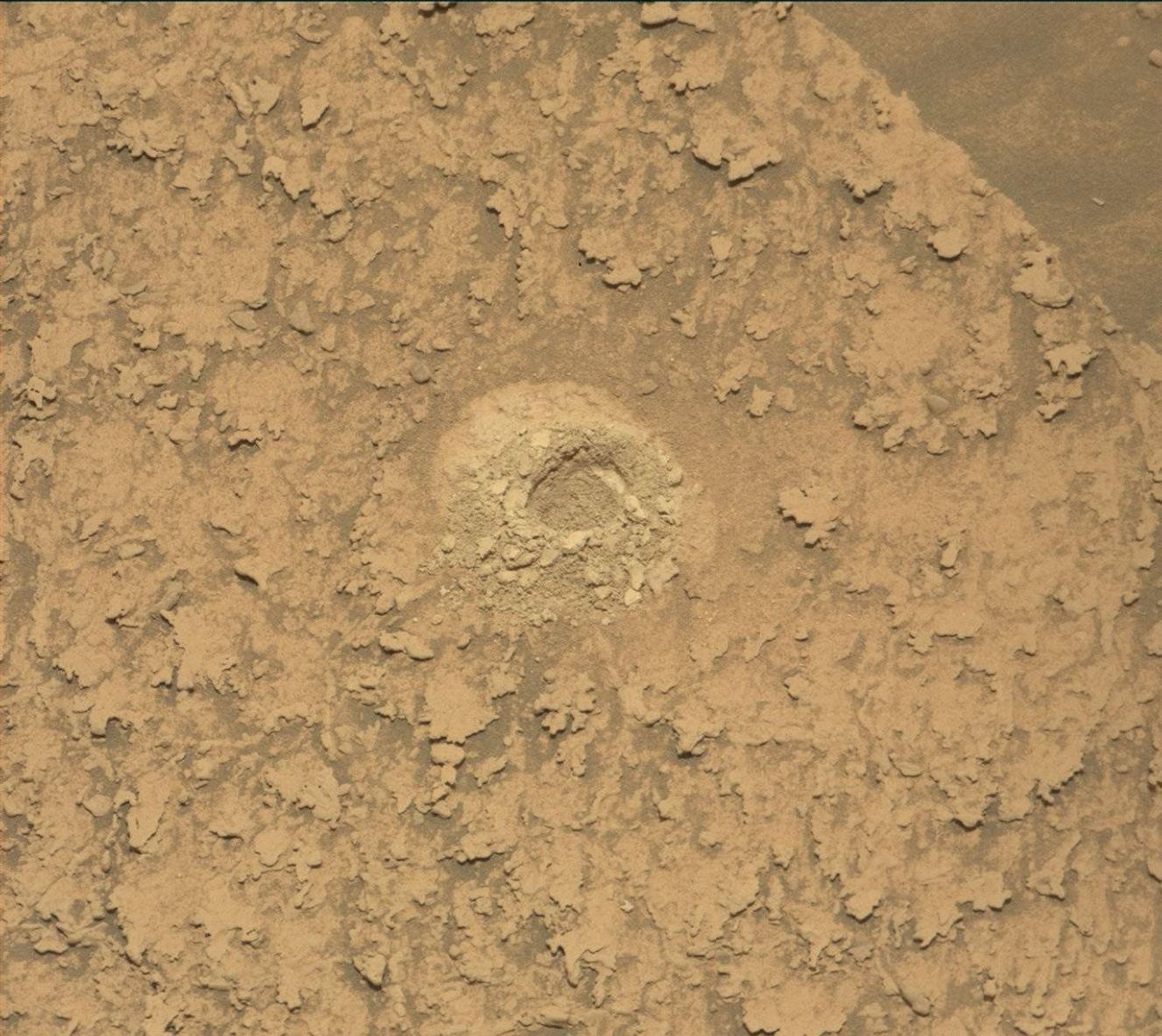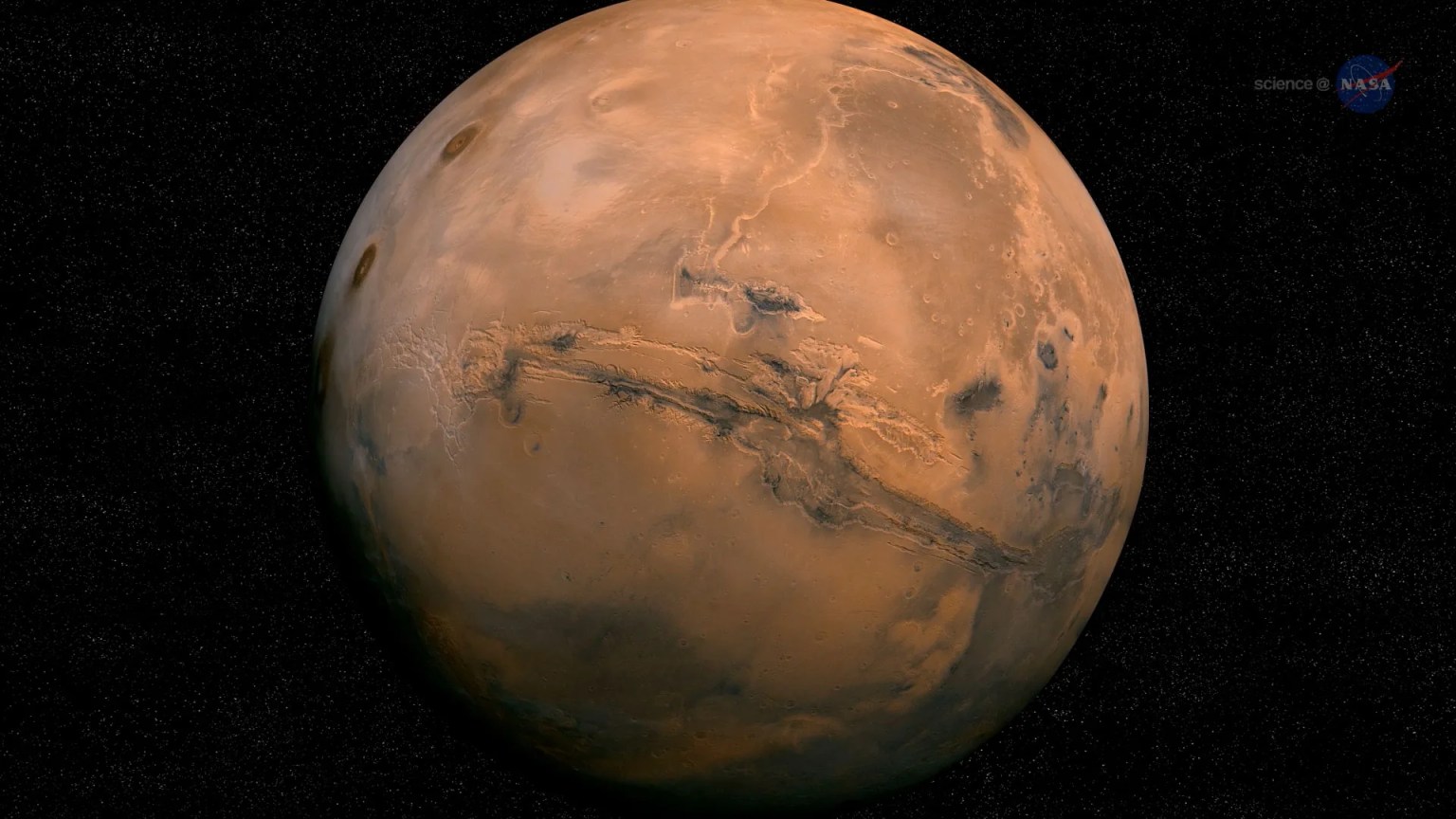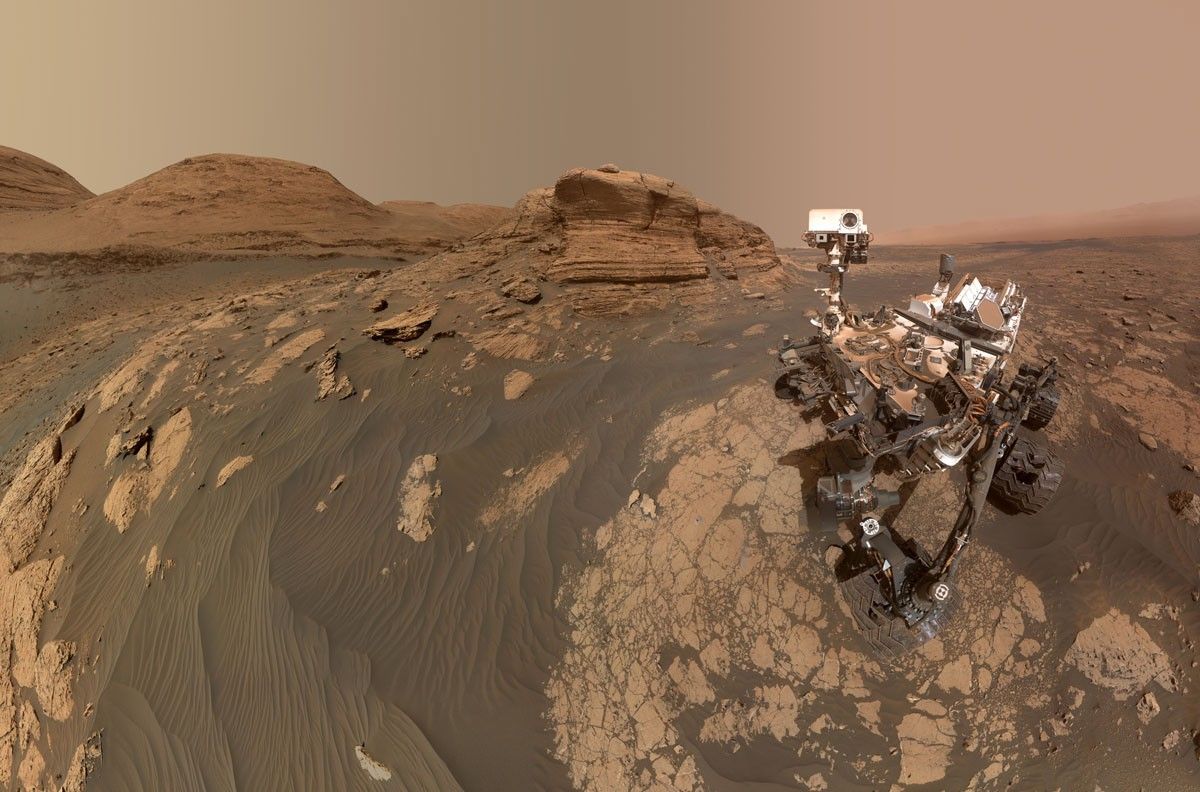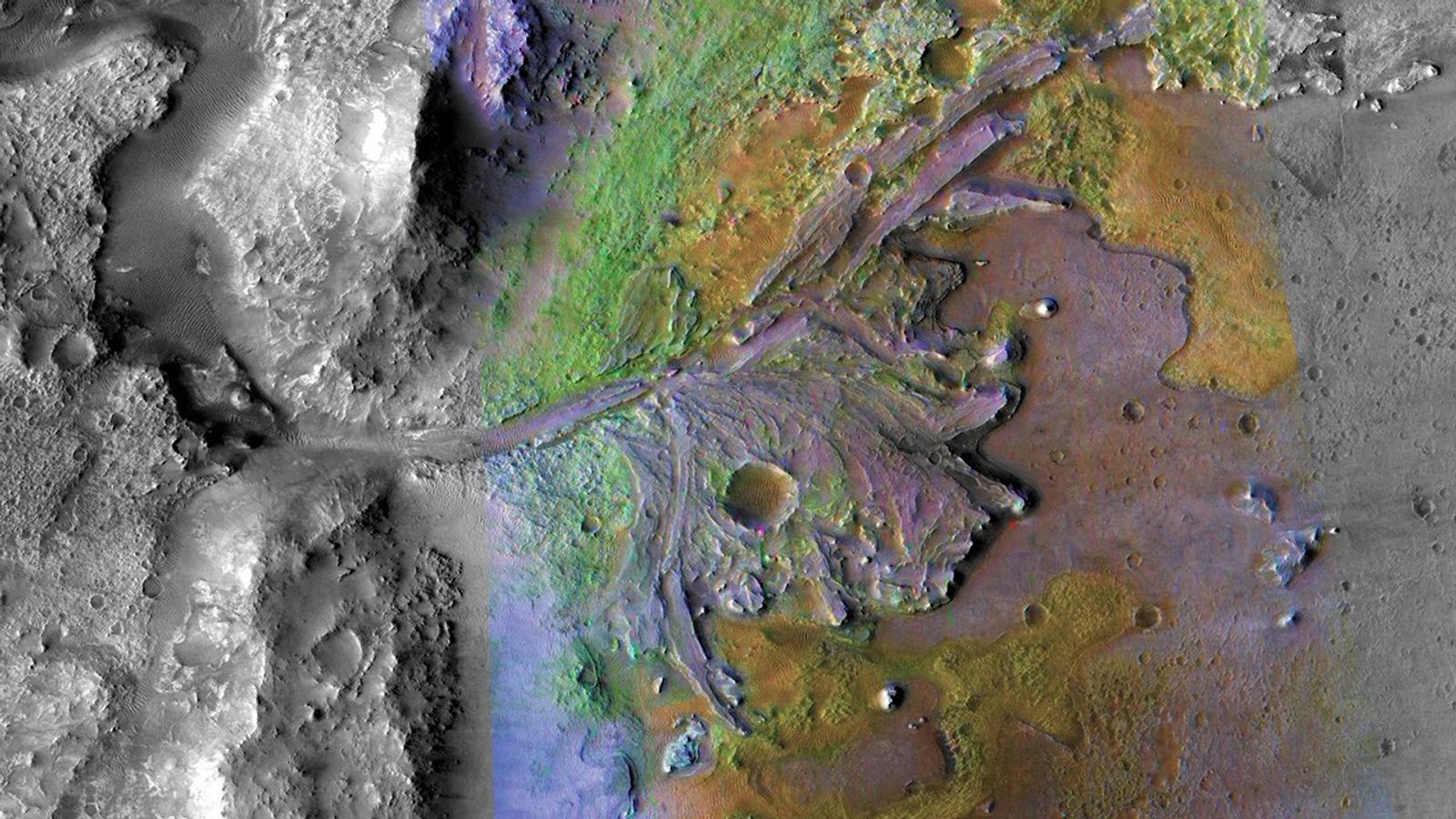Written by Michelle Minitti, MAHLI Deputy Principal Investigator at Framework Earth planning date: Friday, Nov. 14, 2025 From Curiosity’s ridge-top perch among the boxwork unit, the highlight of the week was the successful drilling of the “Nevado Sajama” target. The data collected by APXS, ChemCam, and MAHLI from the rover workspace and its immediate vicinity […]...
2 min read
Curiosity Blog, Sols 4716-4722: Drilling Success at Nevado Sajama
Written by Michelle Minitti, MAHLI Deputy Principal Investigator at Framework
Earth planning date: Friday, Nov. 14, 2025
From Curiosity’s ridge-top perch among the boxwork unit, the highlight of the week was the successful drilling of the “Nevado Sajama” target. The data collected by APXS, ChemCam, and MAHLI from the rover workspace and its immediate vicinity gave the team confidence to proceed with sampling. APXS and ChemCam data from two targets cleared by the DRT — Nevado Sajama (before it was drilled) and “Tesoro del Pangal” — demonstrated that the chemistry of the workspace was in family with the many ridge-top targets analyzed during the boxwork unit campaign. MAHLI imaging revealed the presence of fine veins in both targets, and also confirmed the structural soundness of the drill target after the rover engineers tested the strength of Nevado Sajama by pressing down on it with the drill tip. The types of veins observed by MAHLI were investigated by ChemCam on broken bedrock faces that exposed both bright white and gray materials. These targets, “Arenas Blancas,” “Camarones,” and “Exaltación,” will provide more insight into the fluids that penetrated the boxwork ridges, perhaps contributing to their erosion resistance. DAN collected data for long stretches across the sols over which all these activities occurred, gaining data on the hydrogen (and by extrapolation, water) content of the ridge. Mastcam began and will continue to build a large mosaic of our location which will include both Nevado Sajama and the drill target “Valle de la Luna” within an adjacent hollow.
The rover payload was not only focused on studying the ridge and drill target, but also added to the systematic environmental dataset Curiosity has built over the last 13 years. REMS and RAD regularly recorded Martian and space weather, respectively, throughout the week. Mastcam and Navcam measured dust loading in the atmosphere, and looked for clouds and dust devils while ChemCam and APXS took turns measuring different chemical components in the atmosphere.
The drill activity itself completed on Sol 4718. This weekend, the first portions of the drilled material will be delivered to and analyzed by CheMin. The whole team is anxiously awaiting the CheMin results in order to compare them to the Valle de la Luna mineralogy derived from the hollow below us. We hope their comparison will provide us with new insights into how the boxwork unit came to be.
